The best woods for steam-bending
Brian Boggs has steam-bent dozens of different woods over the years. Here he tells his favorites and why.
Should the wood be air-dried, kiln-dried, or green? Ideally, wood for steam-bending should be between 15% and 20% moisture content. If you don’t have a moisture meter, get one. Knowing the moisture content of the wood you are working with is critical.
I most prefer air-dried wood for bending. But if you don’t have access to air-dried or green lumber you can still play the steam-bending game. Kiln-dried wood can be steam-bent if you pre-treat the wood. I put kiln-dried workpieces in the steambox for at least an hour and leave them there overnight. Then I pull them out and soak them in water for three days. Now I’m ready to put them back in the steamer and get bending. It’s an easy process, but it means starting your project four days sooner.
Bending green wood works too, but it will have to dry a lot longer on the form, and the risk of cracking during that time is greater. You’ll also get more deformation in the drying process with green wood. Having said that, there is an advantage to bending green vs. air dried: It takes less force. With some parts (the bow of a Windsor chair, for example) the distortion during drying doesn’t impact the part much. But I love precision, so I rarely bend green wood.
Red oak
There’s hardly a better wood to start steaming with. It’s easy to find stock with really straight grain free of defects. Red oak is often abused in the kiln, so if you use kiln-dried stock for steaming, inspect it carefully.
White oak
Generally fabulous for steam-bending. Some people report trouble with cracking, but I suspect that’s due to improper drying.
White ash
This dream wood was sent from the steam-bending gods and destroyed by a beetle. A superb stand-in for oak if the parts are to be stained.
Sweet gum
I’ve played with it, and it’s incredibly flexible—it seems to be made of rubber. But it warps, so proceed with caution.
Red maple
In the second tier of good bending woods. It’s generally more elastic than cherry, but a bit weaker.
Cherry
Very good for steam-bending, but only if you use a compression strap. It’s extremely compressible, so it bends well even though it’s not particularly elastic.
Walnut
Of those I’ve used extensively, it’s the species with the widest range of elasticity, weight, and strength. Depending on the tree, walnut can be very good for steam-bending, or it can be very challenging.
Hickory
This is another species that is all over the place when it comes to steam-bending. There are more than a dozen sub-species that are sold interchangeably, so it’s hard to pin down. Some hickory is enormously elastic and great for bending, some is impossible. It’s very stiff, and so requires a lot of force to bend.
From Brian’s article “How to bend wood to your will” which is featured in Fine Woodworking #287.
How to Create Curves with Bent Lamination
Creating Curved Furniture
Fine Woodworking Recommended Products

Ridgid EB4424 Oscillating Spindle/Belt Sander



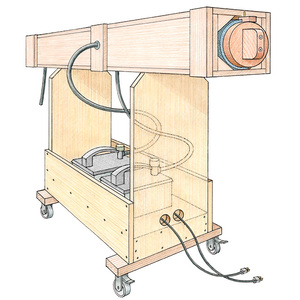
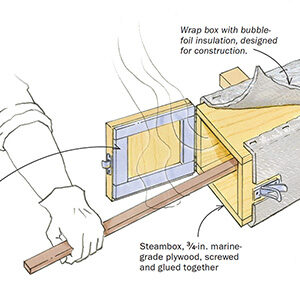
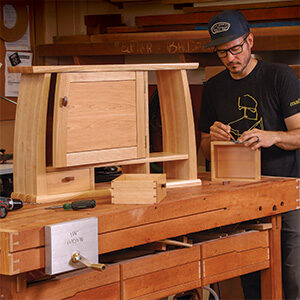






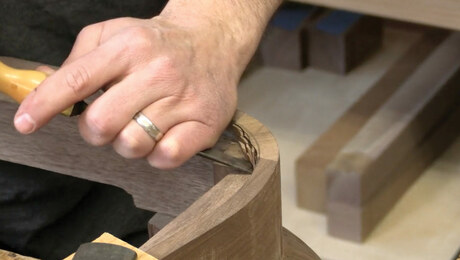
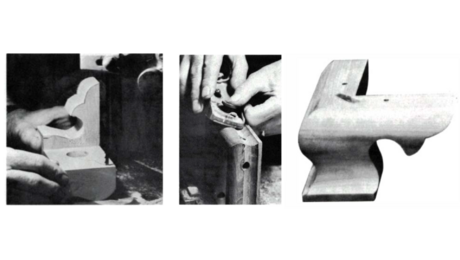








Log in or create an account to post a comment.
Sign up Log in